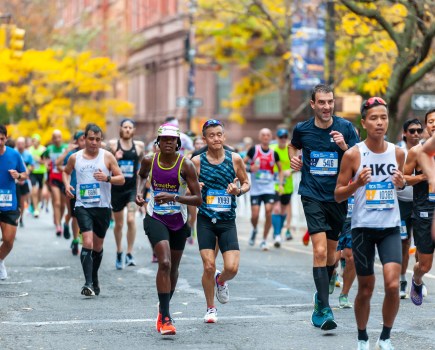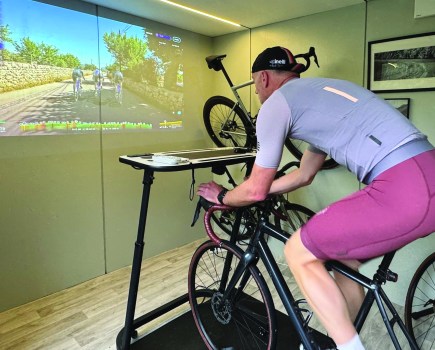Before you start your running journey, it’s important to find the best running shoes. While the odd session in a pair of gym shoes won’t do long-lasting damage to you or your trainers, it’s better to invest in a set of kicks designed specifically with running in mind. Not only will they provide better support, cushioning and comfort, they might even make you faster.
But how to choose the right running shoe? Like a lot of running tech, there are a number of different things to consider before splashing the cash.
Why you can trust Men’s Fitness
At Men’s Fitness we pride ourselves on delivering information that serves a singular purpose: to improve some aspect of your health, fitness or wellbeing. For almost 20 years, we’ve been publishing authoritative health and fitness content – written by our expert editors and contributors – in the form of the monthly Men’s Fitness magazine. Simon Fitzmaurice is a qualified running coach and a member of the sales team at The Running Works.
How to choose the right running shoe
When assessing a customer, I base my advice on three key factors: suitability for purpose, running gait and comfort.
1. Assess your aims
The first consideration is ultimately how you intend to use the shoe. I always consider, is our runner looking for a shoe for starting their running journey from couch to 5k, or are they attempting their next marathon? Are they coming back from injury (running-related or otherwise)? Will this shoe be used for hours of pounding concrete, or saved as a special interval, track or race day shoe?
Each of these can have an impact on the right running shoes – whether it’s a durable, everyday pair with plenty of support, or a lightweight, carbon-plated design focused on speed above all else. A sub-category of this is also where you intend to use the shoes, with trail-specific running shoes available if you do the majority of your training off-road.
2. Get some support
A second factor is your running gait. Essentially the path your feet follow during each stride, how and where your feet land with each step can determine whether you could benefit from additional support from your shoes.
If you’re unsure about your gait, most running shops are able to analyse it for free. A test will see you running on a treadmill in a neutral shoe with no additional support, while your stride pattern will be recorded using a camera. Once completed, it will be possible to see if your gait is within the boundaries of ‘normal’, or whether you overpronate or have excessive supination and could therefore benefit from a more supportive shoe or orthotic inserts.
The softness, responsiveness, structure or overall stability of a running shoe can affect the way how a runner can feel and immediately impact the effectiveness of their running gait.
3. Find the right fit
The final thing to make sure when choosing the right running shoe is that it’s comfortable and non-intrusive. The optimum fit for a shoe should be ‘snug like a hug, but not like a squeeze’.
It’s not as simple as buying the same size as your normal, non-training shoes, either. I recommend going a half size up on your typical shoe size to allow for enough space to pinch the material at the end of the toe box on both feet:
No one’s feet are symmetrical, so one might be a bit larger than the other. [Plus] our feet like to expand between the start [and end] of a long run, so it is worth taking this into consideration when selecting shoes.
Running shoes can be too big, and while it’s important to allow for space if possible, you also don’t want to shoe to feel loose and sloppy when running. The best way to achieve that is by trying out a number of different sizes of the same shoe on a treadmill in a running shop. That way you can fine-tune the fit without the risk of not being able to return them.







